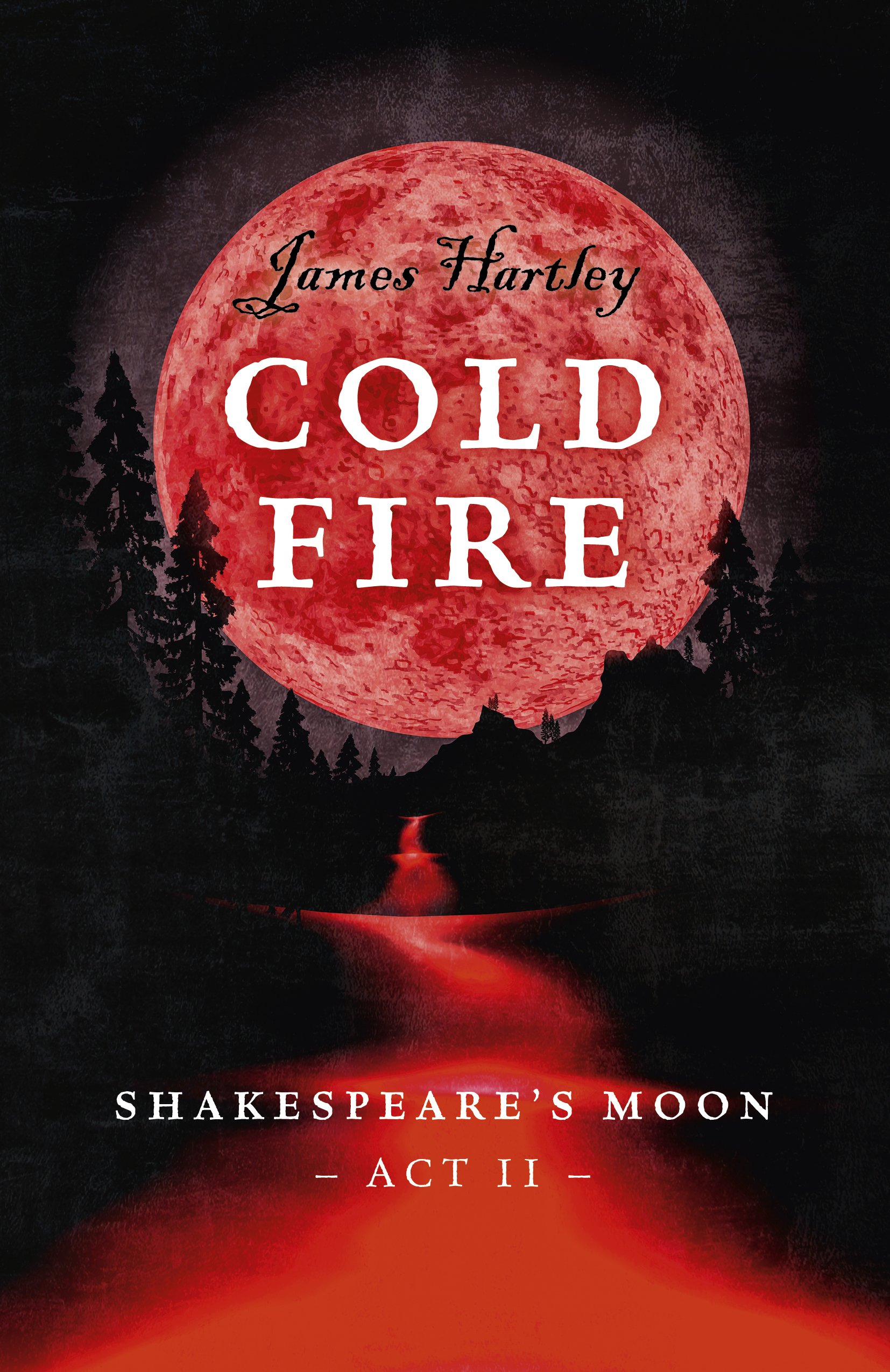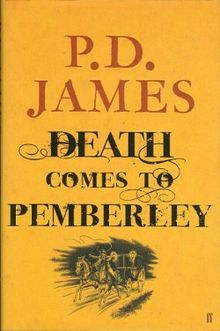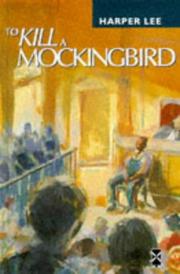
Not all books repay rereading; this one does.
With only two weeks to go now until the publication on July 14th of ‘To Set a Watchman’, it seems timely to reflect on Harper Lee’s previously published and much lauded novel, ‘To Kill a Mockingbird.’
Harder Lee’s 1960 novel is considered a masterpiece of American literature – it won the Pulitzer Prize – and has been part of the school curriculum in America and the UK for many years. Disliking the public scrutiny publication brought, Harper Lee has since stayed out of the spotlight, refusing all interviews since 1964, and until this year had never published another novel.
What’s it about?
Jem and Scout Finch are growing up motherless in Southern America during the depression in the 1930s. Their father, Atticus Finch, is a dedicated, decent lawyer who wants to set his children a good example. This is why, when a local black man, Tom Robinson, is unfairly accused of raping a white teenage girl, Mayella Ewell, Atticus feels obliged to accept a case he is sure – due to the deep-seated racism in his community – he cannot win. The novel follows Tom’s trial, its aftermath and the effects on Atticus’ children.
What’s it like?
A bit of a slow-burner. Narrated in the first-person by a smart six-year-old girl (Scout) the novel is primarily a Bildungsroman – a tale of personal development and maturation. The novel opens with Scout setting the scene by describing the town, which becomes a character in its own right, then focuses on Scout’s formal education, her relationship with her father and brother, and the siblings’ relationships with a visitor to town, Dill (said to be based on Truman Capote, a childhood friend of Lee’s), and a reclusive man known as ‘Boo’ Radley.
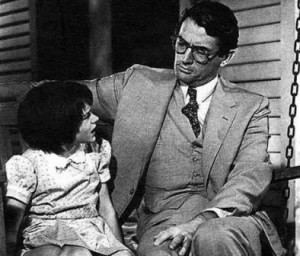
Scout has a lot to learn about how society works.
The opening chapters set the scene effectively and prepare the reader well for later events, but it’s not until the trial begins that the book becomes compelling in terms of its plot. (Given the evidence, the reader desperately wants Tom to be found innocent.) It’s worth being patient, and less effort than the notion of ‘patience’ suggests; the narration is easy to follow while always remaining both interesting and realistic.
Although Scout narrates the book with the benefit of hindsight, deliberately selecting her starting point, she is still only nine or so years old when supposedly writing and this allows Lee to contrast the innate innocence of childhood with the disturbed moral values of most of the adults around her. Scout often fails to understand what she hears, leaving the reader to bridge the gap with their more advanced comprehension of the way adults think and react. As the book progresses, the gap in understanding between Scout and Jem develops as he begins to grasp the way his society operates. This is skilfully revealed by Lee through several episodes which reveal Jem’s growing sense of responsibility and adoption of adult concerns, culminating in (according to Scout) ‘the greatest betrayal of our childhood’. I particularly enjoy this aspect of the story – the way the reader can see Scout and Jem learning as a result of their experiences.
Sounds good. Tell me more.
Despite her youth, Scout’s vocabulary is sufficiently advanced that I always had to issue my classes with glossaries to support their understanding! The language used isn’t overly complex, and I wouldn’t anticipate adults experiencing any difficulties, but Scout has an impressive vocabulary for someone so unenamoured of formal education! (It’s somewhat amusing that a book which portrays formal education as, at best, a waste of time and, at worst, an opportunity to reinforce prejudices, has been so widely taught.)
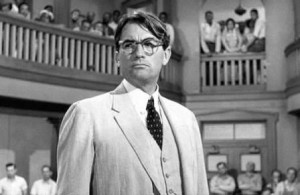
Gregory Peck as Atticus surveys the state of his case.
The trial forms the heart of the book and is comprised primarily of dialogue. Readers cannot help but root for Atticus and Tom, despite knowing how events are likely to end. Setting the book in a time frame twenty-five years before it was published allowed Lee to show Americans how much progress had been made – and how much there still was to make. Tom Robinson’s predicament was inspired by several cases of injustice Lee was aware of, including the infamous Scottsboro case in which several black men were convicted of raping a white woman on negligible evidence. This real life context makes Tom’s case more chilling: contemporary readers would have understood just how severe his predicament was; modern readers may not find the storyline as powerful if they are unaware of key historical factors such as the power wielded by the Ku Klux Klan and the very real danger of being lynched.
It is a testament to Lee’s own sense of fairness that very few characters are entirely unsympathetic. Mayella is as much a victim as Tom, and even her brutal father, Bob, is, in some ways, a victim of his circumstances – though this doesn’t justify his actions. Lee clearly believes most people are redeemable. One character in particular develops from being a key leader in a threatening mob, to a stubborn advocator for justice. This is why a novel that could be perceived as simply very dark succeeds in creating such positive feelings. (Similarly, no character is unconvincingly perfect. Atticus is a flawed father as much as he is a brave lawyer.)
Final thoughts
‘To Kill a Mockingbird’ is frequently lauded as an anti-racist text, but there is much more to it than this (admittedly very important) theme. The title itself refers to Harper Lee’s most significant idea: it is a sin to kill a mockingbird – or any creature who seeks only to spread joy to others. There are many characters within the story who could be considered mockingbirds, which is one of the reasons the text works well in classrooms: it inspires debate and discussion. It works very well as a book group choice.
It has been the subject of some controversy due to its use of the N-word, but this is one of those occasions when it would be inappropriate to change the original text. Besides which, the word is already used it a way that makes it clear the author does not condone its use or its associations.
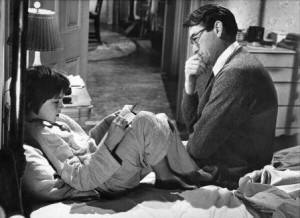
Or perhaps society should be learning from Scout. (All still shots from 1962 film.)
Other themes tackled include sexism, as Scout is instructed in how to be a lady by her Aunt Alexandra, classism, the true meaning of courage, and empathy for all, including miserable old ladies. All themes are consistently integrated into the narrative structure and, unlike some equally famous books, the reader never feels like they are simply being hit over the head with a moral lesson.
This book is deservedly a classic which is well-worth a place on everyone’s book-case and I look forward to seeing how it relates to Harper Lee’s newer, earlier work.
‘To Kill a Mockingbird’
Harper Lee
Heinemann, 1966, hardback
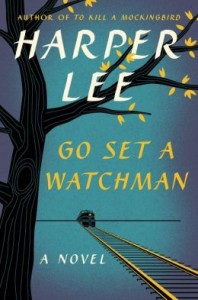
Not long to go now!

